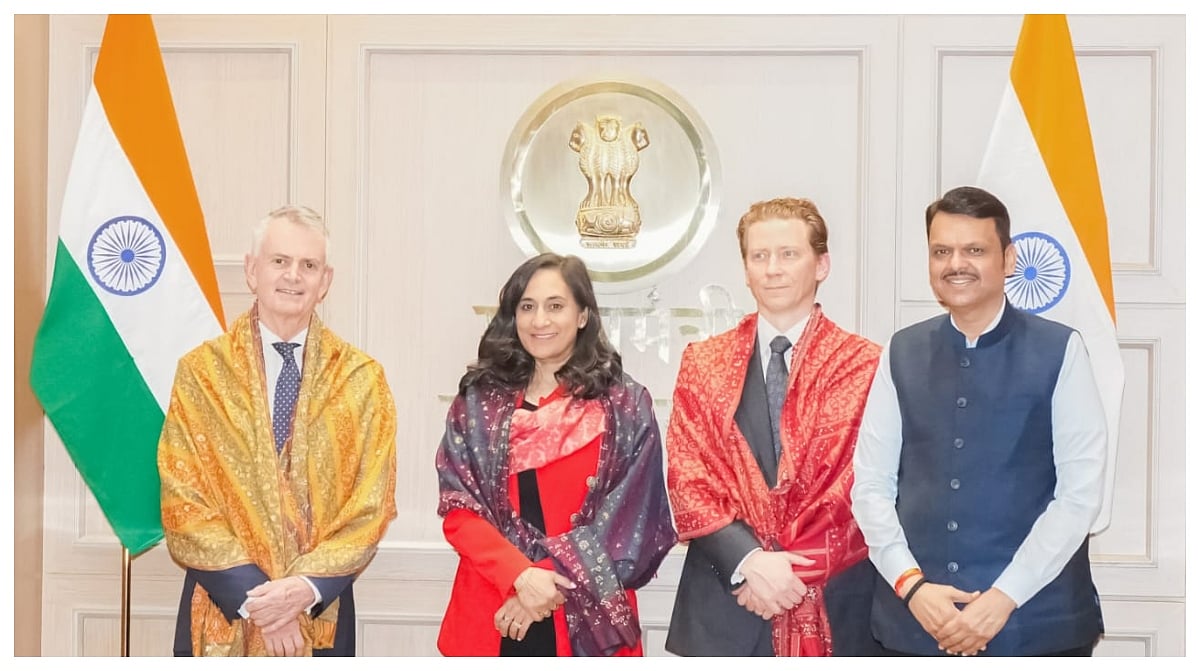Despite some basic changes in the status and role of women in the society, no society treats its women as well as its men. Consequently, women continue to suffer from diverse deprivations from kitchens to key-boards, from the cradle to the grave across nations, writes UPASANA SHARMA.“A woman is the full Circle. Within her is the power to create, nurture and transform”. Diane Mariechild
Historically women in India were revered and the birth of a girl was widely believed to mark the arrival of Lakshmi – the Goddess of wealth and riches. Women have been considered ‘janani’, i.e., the progenitor and ‘ardhanigini’ i.e., half of the body. Women are also considered to be an embodiment of Goddess Durga.
Women have shouldered equal responsibilities with men. Widespread discrimination against women is, however, reflected in recurrent incidents of rape, acid throwing, dowry killings, wife beating, honour killings, forced prostitution, etc. Some of these issues were highlighted by ‘Satyamev Jayate’ (Truth alone prevails) – an acclaimed television show hosted by Bollywood icon Aamir Khan.
A global poll conducted by Thomson Reuters in 2012 rated India as the “fourth most dangerous country” globally for women, and the worst country for women among the G20 countries.
Gender discrimination is not only inequitable but also hampers the development of the nation. Evidently no country can sustain its development if it underutilises its women, who constitute almost half the population.
Despite some basic changes in the status and role of women in the society, no society treats its women as well as its men. Consequently, women continue to suffer from diverse deprivations from kitchens to key-boards, from the cradle to the grave across nations. But, as Kofi Annan stressed, no development strategy is more beneficial to society as a whole than “treating men and women alike”.
Besides, their entrepreneurial role in cities, Indian women contribute significantly to agricultural activities, handicrafts, village art and crafts.
Factors impeding the advancement of women include lack of access to housing and basic services, inadequate support services and technologies for reducing drudgery and occupational health hazards and for enhancing their productivity. This necessitates devising of a broad-based strategic action plan for the realisation of equal partnership of men and women in all spheres of life and economic activity.
Hillary Clinton, former First Lady of the United States correctly observed: “In country after country women have demonstrated that when given the tools of opportunity – education, health care, access to credit, political participation and legal rights – they can lift themselves out of poverty, and as women realise their potential, they lift their families, communities and nations as well”.
True, there are some striking cases of breaking the glass ceiling. The names of Meera Kumar, Speaker of the Lok Sabha; Sushma Swaraj, Leader of the Opposition in the Parliament; Chanda Kocchar, Chairperson, ICICI Bank; Shikha Sharma, Chairperson, Axis Bank; Kalpana Morarka, India Head, JP Morgan and Sudha Sharma, Chairperson, CBDT easily come to mind. But as one swallow does not make a summer, the fact of some women occupying top positions does not make the development process broad-based, equitable and inclusive. Clearly, much more needs to be done.
The gross under-representation of women and the attitudinal bias against women is strikingly reflected in several areas of employment like the police, the judiciary and the law, etc. The correction of this unhappy situation requires focused intervention targeting education, training, child care, health, nutrition, credit, employment, welfare services support and legal safeguards.
In the struggle for independence, it was stressed that political freedom must ultimately lead to emancipation of women by eliminating shortcomings in terms of education, nutrition and health. But this aspiration is yet to be realized. Investing in women’s capabilities and empowering them is the best way to advance economic growth and overall development.
The Indian political system has also been characterised by concern with women’s status and rights. This is reflected in various constitutional provisions. But robust gender laws need to be effectively enforced.
Laws relating to marriage, divorce, maintenance and inheritance have not been fully effective because of their inherent problems. Hence, attempts to provide de jure equality to women must be carried to their logical conclusion. This requires tougher laws, stricter enforcement and exemplary punishment.
Let me do some number crunching:
Hence there has to be a shift from narrow welfare measures to broad-based development.
The Finance Minister rightly stressed in his Budget Speech “There is no bank that exclusively serves women. Can we have a bank that lends money to women and women run businesses; that supports Self Help Group’s and women’s livelihood; that employs pre-dominantly women; and that addresses gender-related aspects of empowerment and financial inclusion? I think we can”. We are now in the process of starting “India’s first women bank as a public sector bank” with an initial investment of Rs. 1000 crore.
There is certainly a case for cheap and accessible credit to women by public sector banks. But this concept of a women-centric bank has some times been viewed as an extreme case of inclusion by exclusion.
There has also been a greater awareness of the need for inculcating confidence among women, generating awareness about their rights and privileges and training them for economic activity and employment. The benefits of development must extend to women both qualitatively and quantitatively.
Gender-specific policies with emphasis on activities and resources beneficial to women may help in providing greater opportunities because of the injustices against women. But what is required is affirmative action in areas, such as, education, health and welfare to overcome entrenched discrimination caused by gender bias, denial of opportunities, lack of employers’ trust in their capabilities and apprehension about not getting a fair deal.
The national policy for empowerment of women stresses policies, programmes and systems to ensure mainstreaming of women’s perspectives in all developmental processes, both as agents and beneficiaries.
It is time now for us to make a difference and effect a mindset change in the oppressively male-centric scheme of things and bring about true socio-economic empowerment of women across regions, regions and classes. We can-and we must- do this. But gender integration and promotion of a cohesive social framework requires active participation of all stakeholders in the development process, including the society at large, government, educational institutions, premier technological institutions, voluntary agencies, policy makers and women themselves.
The journey of emancipation of women has crossed many milestones. But affirmative action is required for women to play their rightful role in the society. The task ahead may be long and tortuous. But let us make a beginning immediately.










